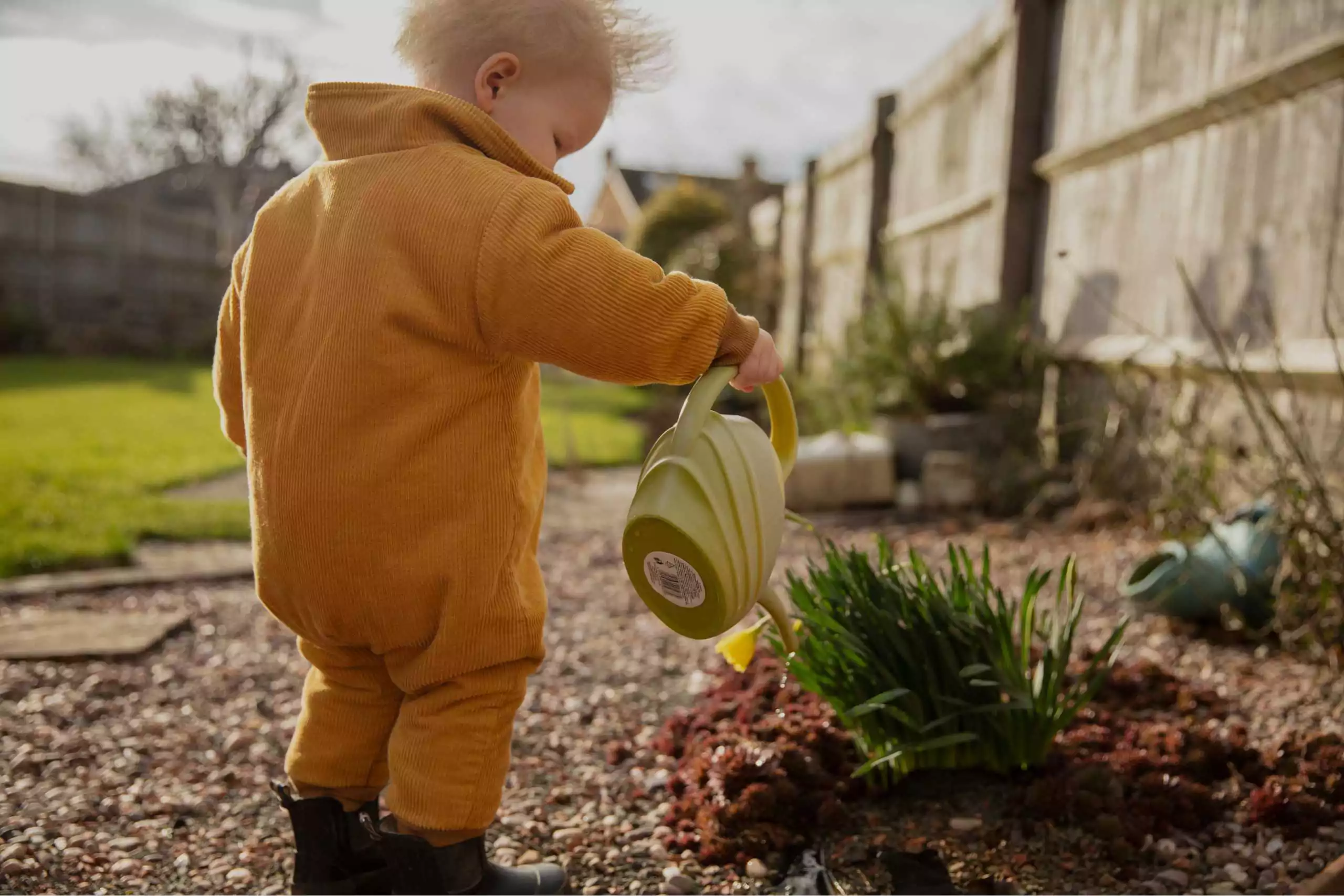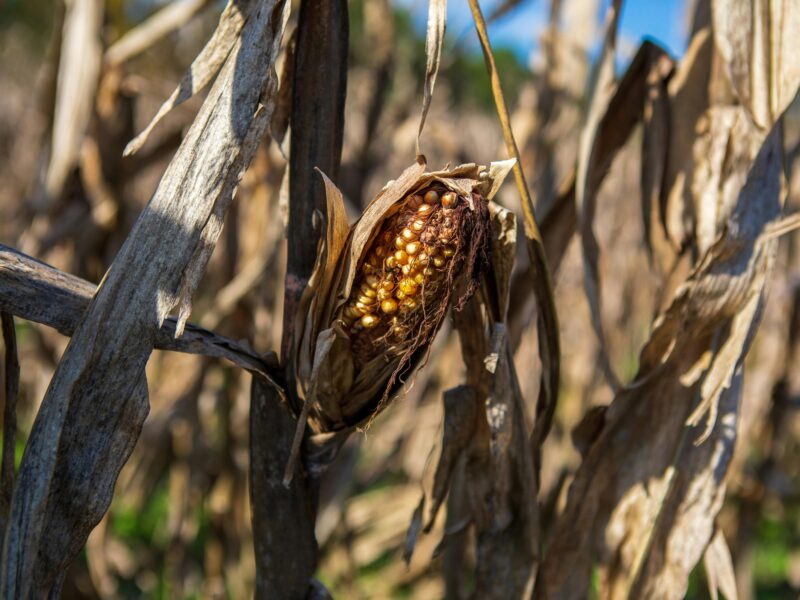In regions where water is a scarce resource, gardening requires a thoughtful approach that maximizes the use of available water without compromising the beauty and productivity of your garden. Water-wise gardening, also known as xeriscaping, involves selecting drought-tolerant plants, improving soil conditions, and employing efficient watering strategies to create a sustainable landscape. This comprehensive guide will help you understand the principles of water-wise gardening and implement them effectively, ensuring your garden thrives even in dry climates.
1. Understanding Water-Wise Gardening
Water-wise gardening is about making the most of your water resources. This approach is essential in arid or semi-arid regions but is also beneficial in any climate where water conservation is a priority. The key is to create a garden that requires minimal water beyond natural rainfall.
2. Planning Your Water-Wise Garden
Before you plant, plan. Consider your garden’s exposure to sun and wind, which significantly affects moisture retention and needs. Use a landscape design that minimizes water use but maximizes greenery and productivity.
- Zoning: Group plants according to their water needs so you can water more efficiently.
- Soil Improvement: Enhance soil quality with organic matter to increase its water retention capacity.
- Mulching: Apply a generous layer of mulch around plants to help retain soil moisture, regulate soil temperature, and suppress weed growth.
3. Choosing the Right Plants
The success of a water-wise garden largely depends on plant selection. Opt for native plants or those adapted to your region’s climate and soil conditions, as these require less water and maintenance.
- Drought-Tolerant Plants: Look for plants that thrive in dry conditions. Succulents, sedums, and certain herbs like lavender and rosemary are excellent choices.
- Native Plants: Native plants are adapted to the local climate and are more resistant to pests and diseases prevalent in the area.
4. Efficient Irrigation Techniques
Efficient watering is crucial in a water-wise garden. Over-watering not only wastes water but can also harm your plants and lead to diseases.
- Drip Irrigation: Install a drip irrigation system to deliver water directly to the base of the plants. This method reduces evaporation and runoff, making it more efficient than overhead sprinkling.
- Timing Your Watering: Water early in the morning or late in the evening when temperatures are cooler to minimize evaporation.
- Use of Ollas: An ancient technique involves burying unglazed clay pots (ollas) filled with water in the garden. The water slowly seeps through the walls, providing a steady moisture source to plant roots.
5. Maintaining Your Garden
Regular maintenance helps ensure that your garden remains healthy and water-efficient over time.
- Weeding: Keep your garden free of weeds, which compete with your plants for water and nutrients.
- Pruning: Regular pruning helps plants use water more efficiently. Remove dead or dying branches to help the plant focus its energy and resources on healthy growth.
- Monitoring: Keep an eye on your garden for signs of stress or disease, which can be indicators of improper watering or other issues.
6. Harvesting Rainwater
In dry climates, harvesting rainwater can significantly supplement your water supply. Install rain barrels or a more extensive rainwater harvesting system to collect and store rainwater from your roof. Use this water for irrigation during dry periods.
7. Creating Shade and Windbreaks
In hot, dry climates, reducing evaporation is crucial.
- Shade: Use taller plants, trellises, or shade cloths to protect your plants from the midday sun.
- Windbreaks: Planting windbreaks such as rows of shrubs or trees can reduce wind speed and the amount of water lost to evaporation.
8. Using Technology to Enhance Efficiency
Leverage technology to make your gardening efforts more effective and efficient.
- Soil Moisture Sensors: Install sensors to monitor soil moisture levels. This technology helps you water only when necessary, reducing waste.
- Smart Irrigation Controllers: These devices can adjust your watering schedule based on local weather conditions, soil type, and plant water requirements.
9. Educating Yourself and the Community
Learning about water-wise gardening and sharing this knowledge can help foster a community of environmentally conscious gardeners.
- Participate in Workshops: Many local extension services and gardening clubs offer workshops on sustainable gardening practices.
- Community Gardens: If you’re involved in a community garden, advocate for the adoption of water-wise techniques to conserve water on a larger scale.
Water-wise gardening is a responsible and necessary approach in today’s environmental climate. By carefully selecting the right plants, improving your garden’s soil and irrigation methods, and maintaining your landscape efficiently, you can create a beautiful and sustainable garden that thrives even under the constraints of limited water availability. These techniques not only conserve precious water resources but also create a garden that is easier to maintain and environmentally friendly. Whether you’re a seasoned gardener or just starting out, these strategies will help you build a more resilient garden adapted to the challenges of a dry climate.


